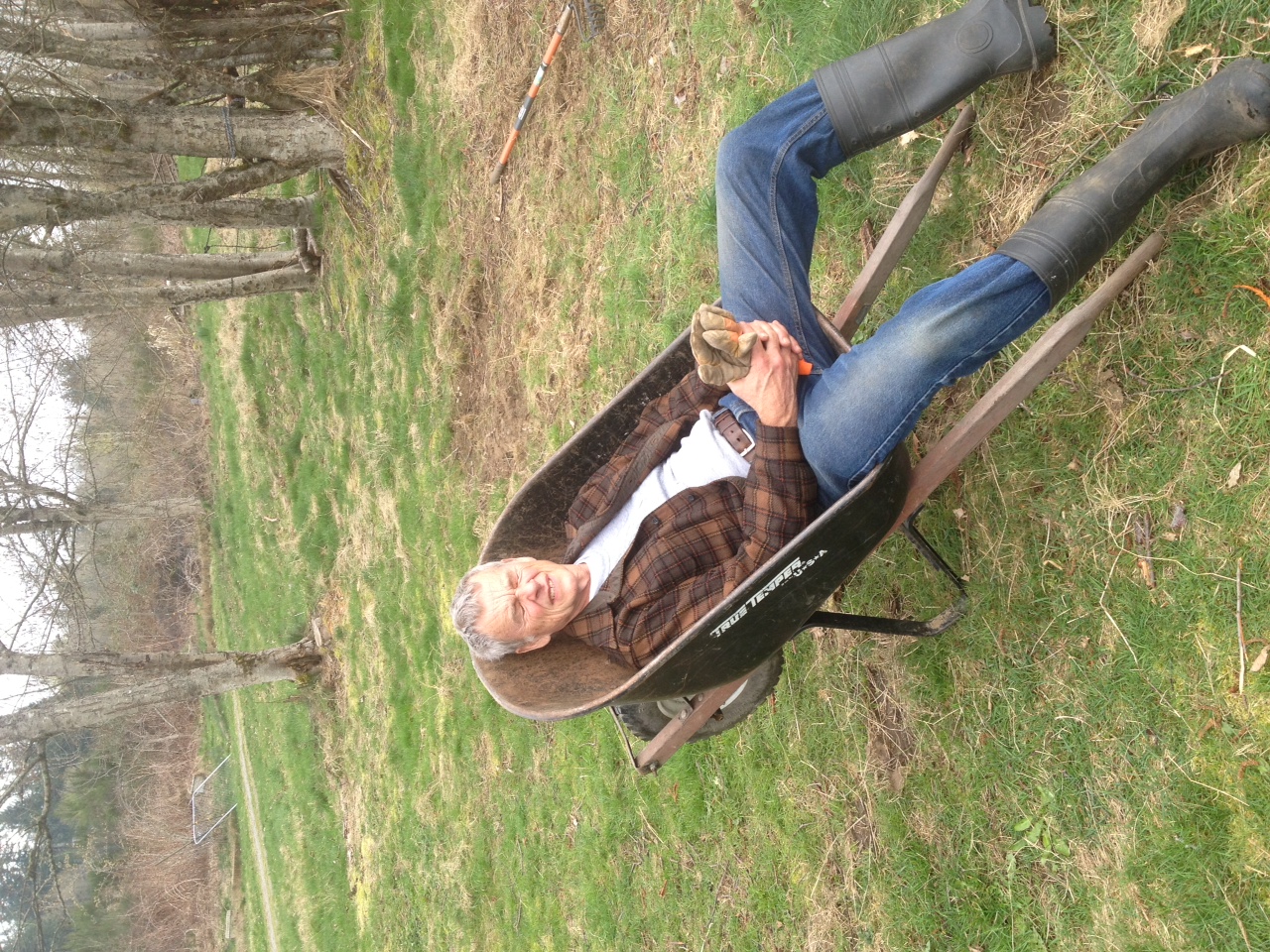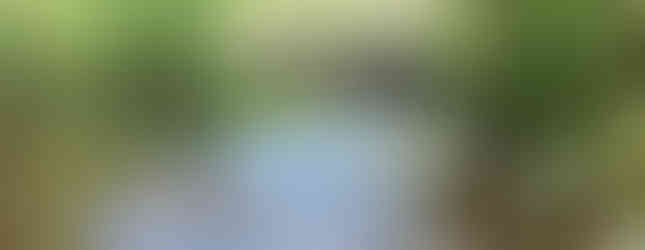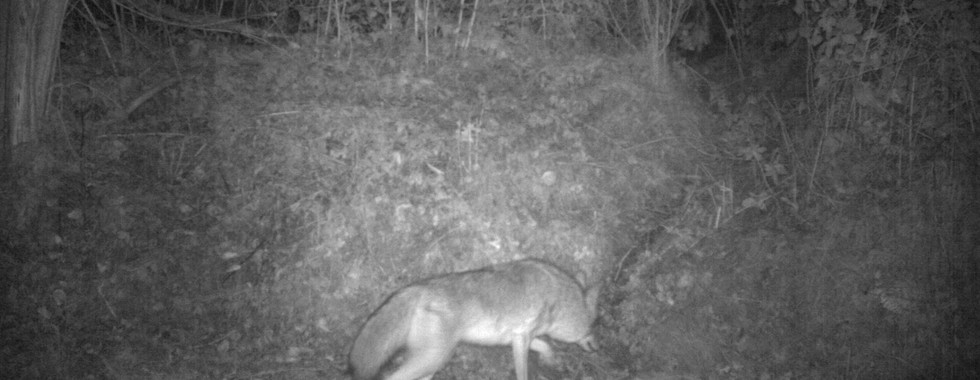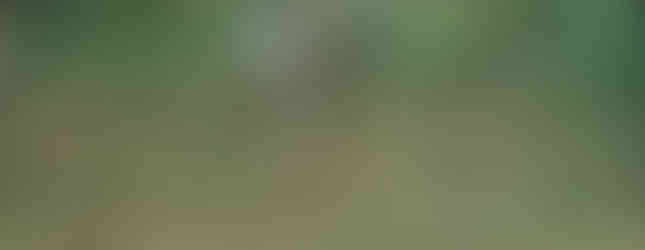Trail Camera locations
- Ken Campbell

- Jun 28, 2023
- 4 min read
Observations at Four Trail Camera locations:
Trail cameras are used at Soggy Bottom Farm to capture images of wildlife that normally go unseen. Cameras are placed at four locations: Beaver Pond; Bridge; Driveway; and Orchard. Different animals are photographed with different frequencies at these four contrasting locations.
1. Beaver Pond – behind beaver dam on creek draining Spring Lake
Animals photographed - Beaver; Otter (Common); Mink; Racoon; Opossum; Rabbit; Mallard (common, plus ducklings); Wood duck (not as common, plus ducklings); Canada Goose (plus goslings); Hooded Merganser (plus ducklings); Bald Eagle (wing and tail appeared at very edge of photo, identified from reflection in pond water); Robin; Cedar Waxwing; Starling; Gold Finch; House finch; Song sparrow; Red-winged blackbird; Band-tailed Pigeon (perched on camera, feathers covered lens). Collectively, this unique group is termed the “Beaver-pond Animals”.
Not photographed – Animals not photographed here but photographed at other locations: deer; coyote; bobcat; bear; elk. Animals expected at the beaver pond but not photographed: muskrat.
Seasonality – Camera should be in-place by 1 Apr. Beaver-dam is taken out in early June to allow drainage of flooded pond and pasture so that these areas dry out and pasture grass can be cut for hay in August. After pond drains in the summer, low stream flows and heavy long grass encroachment over the creek renders the beaver pond a poor place for trail camera.
2. Bridge – wooden foot-bridge crosses seasonal creek that runs along boundary between forest and pasture
Animals photographed - Coyote (many); Deer (mostly does, only occasionally bucks); Bear (only location where bear are photographed and these photos are routine and involve more than one bear); Bobcat; Elk (one photo of an antlered animal); Racoon; Rabbits; Opossum. Deer never cross wooden bridge; Coyote, Bobcat, and Bear routinely cross bridge.
Not photographed – With the exception of racoon, rabbit, and opossum, none of the Beaver-pond Animals were photographed at the bridge.
Seasonality –The bridge is on a natural path from the forest into the pasture. Bear are seen often in August at the time of ripening of pasture blueberries. Bear are also seen regularly at the bridge at other times of the year. Deer occurrences at the bridge follow the seasonal pattern of their occurrence at the driveway station.
3. Driveway – at highly-used game trail crossing driveway
Animals photographed - Deer (major deer trail with many does and bucks); Coyote (many); Bobcat (few but regular); Elk (a few photographs, cows only);
Not photographed –Rabbits (despite that they are often seen when driving on driveway, they are never photographed by trail camera on game trail crossing driveway); Bear; Racoon; Opossum; Beaver-pond Animals.
Seasonality – The game trail crossing the driveway is the most heavily-used wildlife pathway on the property. Many deer are photographed from mid-April to end of Nov. November deer are primarily bucks. Very few deer are seen from Dec through early April. During these winter months, photo record is dominated by coyotes and a few bobcats. Single elk appear at the driveway site only during April, May, and June.
4. Orchard – predominantly old, semi-dwarf apple trees close to house
Animals photographed - Deer (Does and Bucks); Rabbits (common); Coyote (one sighting); Mink (One sighting);
Not photographed – Elk; Bear; Bobcat; Beaver-pond Animals. Animals expected in the orchard but not photographed: Racoon.
Seasonality – Camera placed in orchard only during fruit season (July, August, September). At that time, multiple deer visit every night. Otherwise, the dogs, which frequent the orchard, keep wild animals out of this area. Therefore, a camera is placed in the orchard only at the time of fruit ripening and it is moved to other locations during other times of the year.
Generalizations:
Distribution – Of the deer, only the bucks, through their antlers, could be identified as individuals and, thus, only bucks could be followed through the photo record. In 2022, six bucks constituted the cadre that resided at Soggy Bottom. Representatives of this cadre were photographed at the Bridge, the Drive way, and the Orchard. One buck, which was dubbed the “Orchard Buck”, was seen nightly in the orchard but also appeared less often at the other locations.
One coyote was afflicted with mange giving it a naked tail and, thus, an identifying mark. This coyote was seen often but exclusively at the driveway station. The numerous coyotes seen at the bridge and several of those at the driveway were fully furred but, outside of the white tip on one animal’s tail, there were no clear marks for identifying individual animals.
Bear were photographed only at the bridge, i.e., at the transition between forest and pasture. They (there were more than one; some big, some small) appeared regularly at this location.
Racoons were photographed frequently at the bridge and less frequently at the beaver pond. They were not photographed in the orchard nor at the driveway game trail.
The single photograph of a mink in the orchard was a curiosity although a mink had been seen earlier in the year killing chickens in the barn.
Birds constituted part of the photo record only at the beaver-pond. None were photographed at the other sites.
Seasonality – Most animal activity at the beaver pond took place during the spring; most activity in the orchard took place when the apples were ripe in the fall. Elk appeared only in the late spring at the driveway station. As mentioned above, deer were most present in late spring, summer, and fall but were strangely absent in the winter. At these times, they must find their preferred winter forage at locations other than Soggy Bottom. Coyotes, racoons, and bobcat(s) were present in the photo record continuously throughout the year with no seasonal trends.




























































Comments